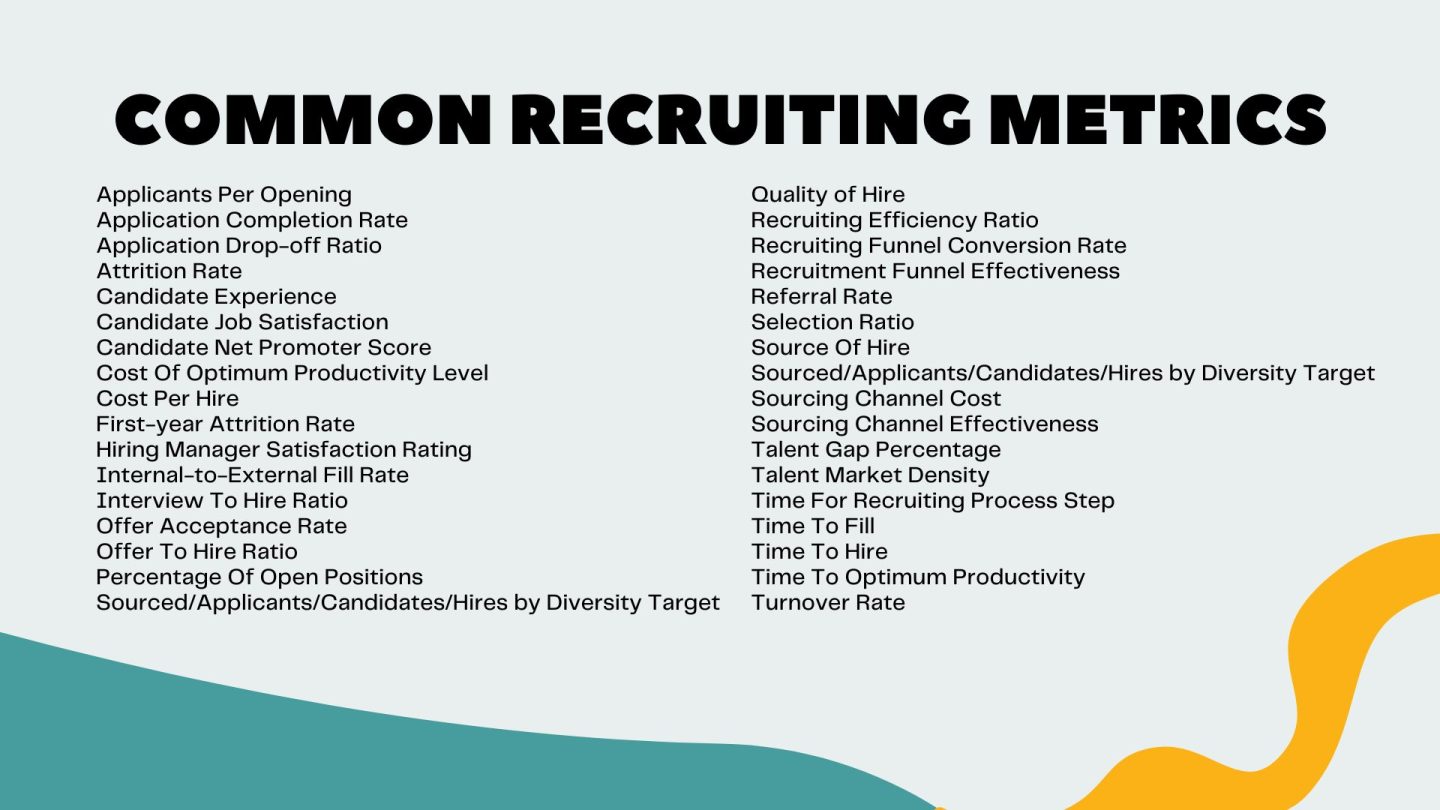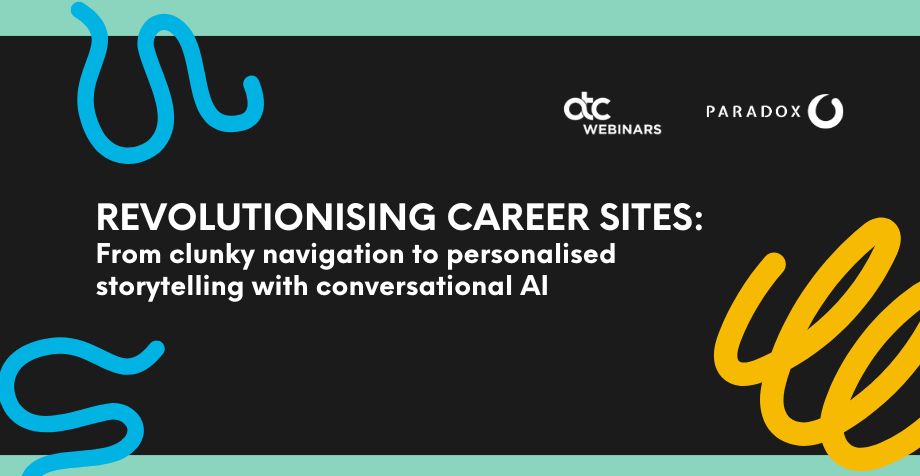The following is an excerpt of an answer provided by Steve Levy during the ATC webinar, Metrics that Matter: The Reality Behind Recruiting Performance, which took place on 27th July 2023. Click the image above to watch the full discussion.
I started off as an engineer before moving into recruiting, and when I did my first engineering course in 1976, on the first day of class, one of the professors said, “Structure begets function.”
In TA, we like to build, we like to grow, we like to perform more effectively. But if our TA foundation isn’t solid, then we can only build the house so large. You can paint the house, do nice gardening and nice window treatment, but ultimately if the foundation is weak, the foundation and the house will develop cracks and there will be problems – because we neglected to focus on the house’s underlying structure.
This same logic can be applied to metrics. Metrics are used so we can track and improve. And there are 2 core areas where we need to improve things:
- Our operations, our processes, and our effectiveness; and
- The actual people doing the recruiting, sourcing, EVP, recruiting coordination, or anything else to do with the TA function.
Every metric that you choose must ultimately improve one or both of those 2 categories. And ultimately the umbrella that covers everything to do with those two categories are the business drivers. The business goals, the deliverables – it’s all about performance.
Image source: slide from presentation ‘Metrics that Matter: The reality behind recruitment performance.’ Content provided by Steve Levy.
All of these metrics in the image above are things that I’ve heard others use through the years. But it’s time to start thinking about your own situation, and which metrics make the most sense for you in your business based on your business model for your industry and for your leaders.
But also keep in mind that we’re entering what is a paradigm shift in how we do business. We’re in the ChatGPT/AI era. AI as we know it now is still very narrow, but this paradigm shift means that we, as an industry, need to look at how we conceptualise TA, what services we’re going to deliver in the future, and how we’re going to deliver them. And if we’re doing that, then the metrics that we use to assess our performance must be a part of the conversation.
This webinar was delivered in partnership with HireEZ






























